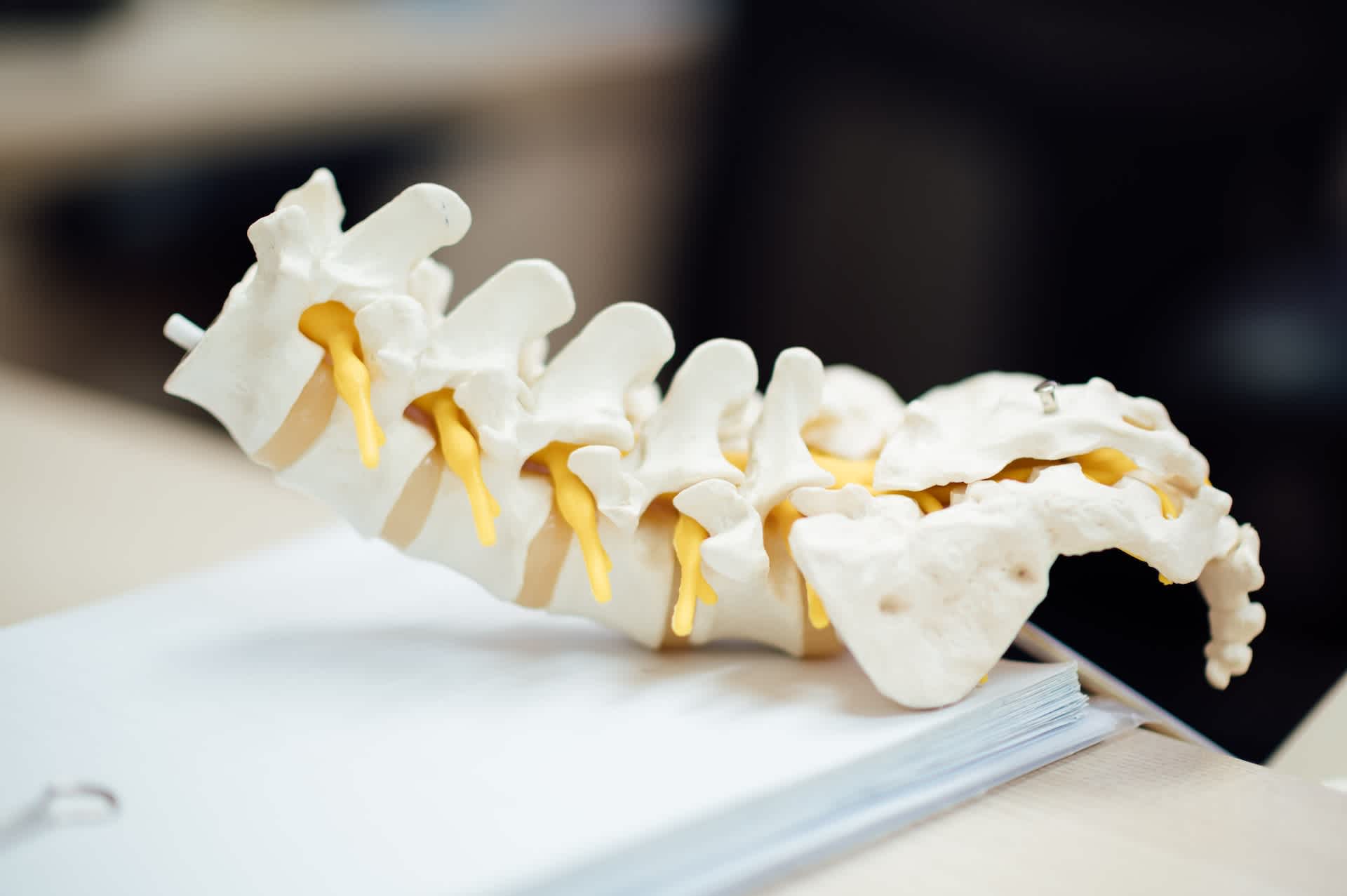Sciatica is a condition where the sciatic nerve (which runs from the lower back to the feet) is irritated or compressed. This can cause an individual's legs, bottom or feet to be painful, have a tingling sensation, be numb or weak. Typically, such symptoms are treated with a range of medications, but is there a drug-free alternative? Could massage help sciatica?
Massage can help sciatic in two key ways; by reducing pain levels and by relieving muscular tension which causes pressure on the sciatic nerve. However, these benefits are usually only temporary and will work best in conjunction with other interventions such as physiotherapy.
Read on to learn more about massage for sciatica with the experts at Breeze Academy.
Is Massage Good for Sciatica?
Although temporary, massage is considered to be an effective treatment for sciatica. It works in two key ways; soothing tense muscles and helping to relieve pain, specifically in the lower back.
When muscles are tense, they can put pressure on the sciatic nerve, causing pain. Massaging these muscles should lessen the tension and reduce pressure on the sciatic nerve, therefore reducing pain and allowing individuals to go about their daily lives as normal.
Massage can also reduce sciatic pain by encouraging the body to release pain-relieving endorphins. Likewise, other hormones such as serotonin and dopamine can be released during massage, helping to improve an individual’s overall wellbeing.
Best Types of Massage for Sciatica
There are many different types of Massage Therapy, some more useful than others for specific concerns such as sciatica. Below we detail the specific types of Massage Therapy that tend to work best for relieving sciatic pain.
Deep Tissue Massage
A 2014 study found that deep tissue massage, in particular, may be as effective as NSAIDs (non-steroidal anti-inflammatory drugs) such as ibuprofen for relieving lower back pain - a common symptom of sciatica.
Swedish Massage
Whilst less aggressive than deep tissue massage, a Swedish massage works to relieve tension in the muscles and stimulate nerve endings. This should help to relieve pressure on the sciatic nerve (as explained above) and encourage the release of pain-relieving endorphins.
Neuromuscular Massage
Neuromuscular massage combines deep tissue pressure and friction to release tense muscles - a factor that causes pressure on the sciatic nerve. Learn more about neuromuscular massage techniques and their benefits in our recent blog.
Benefits of Massage for Sciatica
Alongside releasing muscular tension and relieving pain, massage has other benefits for those that suffer with sciatica. These include:
- Improves circulation - Improved circulation as a result of massage can help to reduce inflammation and tissue swelling associated with sciatica.
- Reduces stress (which can cause sciatica flare-ups).
- Improves flexibility - sciatic pain can cause stiffness and reduce an individual’s range of motion. Massage can help to relieve this and offer back a level of flexibility.
Can Massage Make Sciatica Worse?
Massage isn’t thought to make sciatica worse in the long-term, however poor technique could cause more pain and discomfort in the short-term. Sometimes, if the pressure applied is too intense or applied directly to the affected area, pain and discomfort may be exacerbated. Well-trained Massage Therapists will use appropriate techniques and knowledge of anatomy to adjust their technique and pressure to suit an individual’s condition.
Other Ways to Treat Sciatic Pain
Typically, individuals suffering with sciatica will be offered medication to help manage pain. Often this includes:
- Anti-inflammatories
- Corticosteroids
- Antidepressants
- Anti-seizure medication
- Opioids
Alongside this, individuals may also be offered physiotherapy to help improve range of motion. Gentle exercises are often recommended for this purpose, which must be done regularly and with good form.
Such exercises may include:
- Pelvic Tilt - lie on your back with your knees bent and feet flat on the ground. Pull your belly button in towards your spine and hold this position for 20 seconds. Complete 10 repetitions of this exercise.
- Press Up - Lie on your stomach. Slowly prop your upper body onto your hands and hold for five seconds, working up to 30 seconds. Complete 10 repetitions of this exercise.
- Straight Leg Raise - Lie on your back with your knees bent and feet flat on the ground. Pull your belly button in towards your spine. Straighten one leg out and raise it six to eight inches off the ground. Hold this position for two to five seconds. Complete 10 repetitions of this exercise.
- Back Flexion - Lie on your back with knees bent and feet flat on the ground. Pull your knees to your chest until you feel a comfortable stretch across your lower back. Hold for 30 seconds, then slowly lower your legs. Complete this exercise 10 times.
Alternatively, in more severe cases, steroid injections may be used to offer longer-term pain relief. In the most severe cases, where the condition causes severe weakness, loss of bladder and bowel control, or severe pain, surgery may be recommended.
Final Thoughts
Massage is thought to be an effective treatment for sciatica, however it usually only offers temporary benefits. Massage aims to reduce muscle tension associated with nerve pressure as well as reducing pain levels and improving range of motion.
If you’re interested in offering Massage Therapy to your clients to help reduce pain and improve quality of life, take a look at our courses today. We offer both beginner and more advanced Massage Therapy courses that provide all the skills and knowledge needed to safely and effectively practise massage.
